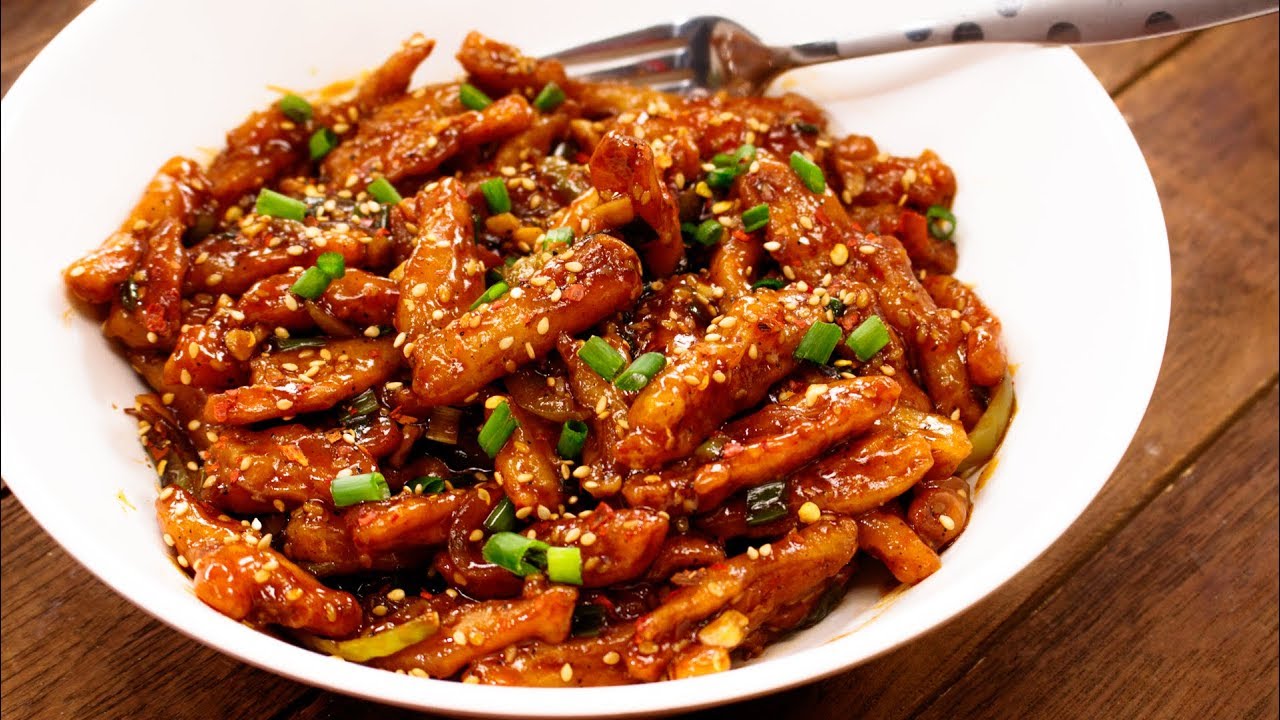Is Cranberry Effective in Treating Urinary Tract Infections?
Cranberries and cranberry-derived products are frequently used to treat urinary tract infections, particularly in women. Proanthocyanidins (PACs) are found in cranberries, specifically type A. (PAC-A). This component of cranberries, it is claimed, fights and prevents UTIs in the same way as an antibiotic would. However, there is a lot of debate over this.
Cranberry for UTIs Clinical Trials and Research
Freire Gde C. conducted a thorough review that included 24 research with a total of 4,473 individuals. There was little indication in the study that cranberry products could prevent UTIs. Cranberry juice reduced the number of UTIs in women with recurrent UTIs in those studies; nevertheless, the studies that indicated considerable efficacy were small trials. The difference between the placebo and cranberry groups shrank as the size of the investigations expanded.Furthermore, a randomised control experiment including 176 participants was done by Stapleton AE et al, with 120 receiving cranberry juice and 56 receiving a placebo over the course of 168 days. Both groups had similar levels of compliance with instructions (91.8 percent and 90.3 percent ). Cranberry juice, on the other hand, had no effect on UTIs.
According to the Maki KC et al study, cranberry juice consumption reduces the number of UTI episodes in women who have previously had UTIs. 185 women were given 240 mL of cranberry juice every day for 24 weeks in their RCT, while 188 women were given a placebo. There were 39 UTIs in the cranberry group and 67 UTIs in the placebo group. As a result, the differences are significant, indicating that cranberry juice was effective.
So, why are certain trials statistically significant while others aren't? This, according to Occhipinti A et al1, is related to the absence of authenticity of the cranberry products used (some are not really cranberry-derived). As a result, the items utilised do not include PACs-A, which scientists suggest can help with UTIs. They verified and measured the PCAs-A in the cranberry product in their investigation. They gave one group a cranberry product containing 36 mg PACs-A twice day and the other group, which had the same number of participants, a product that did not contain PACs (placebo). The placebo and PACs-A groups had a significant difference in colony forming unit/mL counts (through urine cultures) after 7 days. There were significantly fewer colonies in the PACs-A group. The point here is that in order for cranberry products to work, they must be thoroughly verified to guarantee that they contain PACs-A, a component that is frequently lost during processing.




Comments
Post a Comment